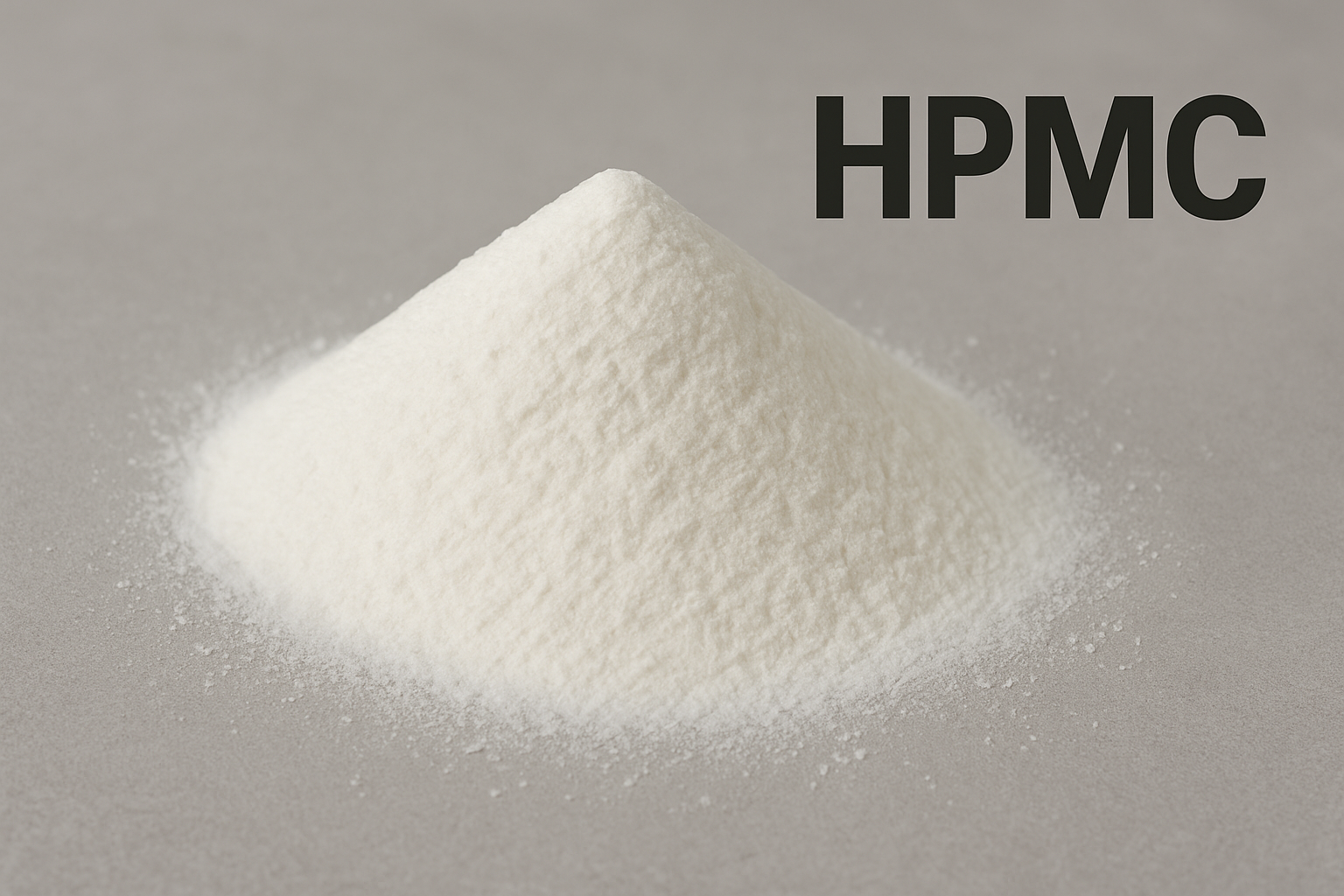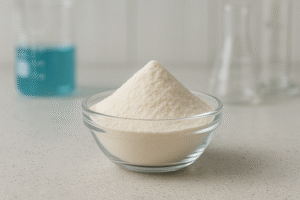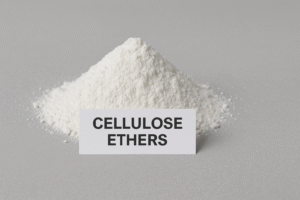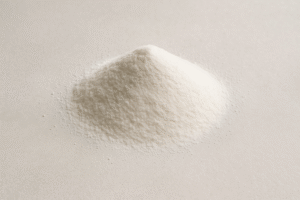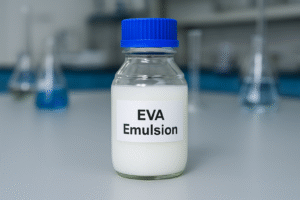Are you struggling with cement mixtures that dry too quickly or mortar that's losing workability? Poor water retention in your construction materials can lead to weak bonds, cracking, and project failures.
Hydroxypropyl methylcellulose (HPMC)1 significantly improves water retention in construction materials, typically achieving rates of 98%+ in cement mortars. This cellulose ether holds water molecules through hydrogen bonding, releasing moisture slowly to ensure proper cement hydration and improved workability.
As a manufacturer with six production lines dedicated to cellulose ethers, I've seen firsthand how proper water retention transforms construction projects. Water retention might seem like a minor detail, but it's actually the foundation of durable, high-performance building materials. Let me show you why this matters and how to get it right.
What does hydroxypropyl methylcellulose do to your body?
Are you concerned about health impacts when handling HPMC on construction sites? Many clients ask me about safety risks, especially when working with these materials daily.
Hydroxypropyl methylcellulose is generally recognized as safe (GRAS) for human contact and ingestion. As a non-digestible, non-toxic polymer, HPMC passes through the body without being absorbed. It's commonly used in food products, pharmaceuticals, and eye drops with minimal risk of adverse effects.
Unlike some construction chemicals that require special handling, HPMC presents minimal health concerns. I've worked with this material for over 15 years at our factory in China, and safety is something I take seriously. HPMC functions primarily as a physical modifier rather than a chemical reactor in the body.
Food and Pharmaceutical Applications
HPMC is widely used as a food additive (E464) and in pharmaceutical formulations. Its safety profile is well-established through decades of use and research. In foods, it serves as:
| Application | Function | Typical Usage |
|---|---|---|
| Baked goods | Moisture retention | 0.5-2% |
| Sauces | Thickener | 0.3-1% |
| Frozen foods | Texture stabilizer | 0.1-0.5% |
In pharmaceuticals, HPMC is commonly used to form capsule shells and as a controlled-release agent in tablet formulations. When I visit our pharmaceutical clients, they often emphasize how HPMC's biocompatibility makes it ideal for medical applications.
The only precaution I recommend to our construction clients is to avoid excessive dust inhalation during mixing, which is standard advice for any powder additive. We supply our HPMC in various particle sizes to minimize dust issues while maintaining optimal dissolution rates.
Does hydroxypropyl methylcellulose help with weight loss?
Are you hearing claims about HPMC for dieting? With conflicting information online, it's hard to separate marketing hype from scientific facts.
HPMC can support weight management by creating a feeling of fullness when consumed before meals. As a soluble fiber, it absorbs water in the stomach, forming a gel that slows digestion. Clinical studies show modest weight loss benefits, typically 2-4% body weight reduction over 12 weeks.

While we primarily manufacture HPMC2 for construction applications, our pharmaceutical-grade HPMC has found increasing demand in the dietary supplement market. This interesting crossover between industrial and health applications demonstrates the versatility of cellulose ethers.
Mechanism of Action for Weight Management
HPMC's effectiveness for weight management stems from several physical properties rather than metabolic effects:
- Bulk-forming properties: When HPMC reaches the stomach, it can absorb up to 50 times its weight in water, creating volume that triggers stretch receptors and signals fullness.
- Delayed gastric emptying: The gel formed by HPMC slows the rate at which food leaves the stomach, prolonging satiety signals.
- Nutrient absorption modification: Some studies suggest HPMC may slightly reduce fat and carbohydrate absorption, though this effect is minimal.
During a recent visit to a pharmaceutical client in Saudi Arabia, their R&D director showed me their clinical trial results comparing different HPMC viscosity grades for weight management applications.
The higher viscosity grades (100,000+ mPa·s) showed the most promising results for prolonged satiety, which aligns with our understanding of how polymer chain length affects solution properties.
However, I always emphasize to our customers that HPMC is not a miracle weight loss solution. The effect is moderate and works best as part of a comprehensive approach to weight management.
The quality of the HPMC, particularly its viscosity consistency and substitution degree, significantly impacts its effectiveness in this application.
What are the side effects of hydroxypropyl methylcellulose capsules?
Worried about potential reactions to HPMC in medications? Understanding side effects is crucial before taking any supplement or pharmaceutical product.
Side effects of HPMC capsules are rare and typically mild. Possible reactions include temporary bloating, gas, or constipation due to its fiber properties. Allergic reactions are extremely uncommon. As a non-active ingredient, HPMC capsules are generally well-tolerated even during long-term use.

From our experience supplying pharmaceutical-grade HPMC to capsule manufacturers across Asia and the Middle East, customer feedback on adverse effects has been minimal. This safety profile is one reason HPMC has largely replaced animal-derived gelatin in many capsule applications.
Safety Profile and Potential Concerns
The side effect profile of HPMC is remarkably mild compared to many pharmaceutical excipients. I've compiled this information based on both research literature and feedback from our pharmaceutical clients:
| Potential Side Effect | Frequency | Severity | Risk Factors |
|---|---|---|---|
| Bloating/Gas | Uncommon | Mild | Higher doses (>5g) |
| Constipation | Rare | Mild-Moderate | Inadequate water intake |
| Allergic reaction | Very rare | Varies | Unknown |
| Drug interaction | Uncommon | Varies | Certain medications* |
*HPMC2 may affect the absorption rate of some medications due to its gel-forming properties.
During our quality control processes at our factory, we test each batch of pharmaceutical-grade HPMC for heavy metals, microbial contamination, and residual solvents to ensure it meets or exceeds pharmacopeia standards (USP/EP/JP). This rigorous testing helps minimize the risk of contaminant-related adverse effects.
For consumers taking HPMC capsules, I recommend the same advice our pharmaceutical clients provide: take with a full glass of water, maintain adequate hydration throughout the day, and consult a healthcare provider if you're taking multiple medications to ensure there are no timing issues with absorption.
What is the usage rate for hydroxypropyl methylcellulose?
Confused about how much HPMC to add to your formulation? Incorrect dosage can waste money and compromise product performance, leading to costly failures.
Hydroxypropyl methylcellulose usage rates3 vary by application: 0.2-0.8% for cement-based mortars, 0.3-1.0% for gypsum products, 0.1-0.5% for paint, and 10-30% for pharmaceutical tablets. The specific rate depends on desired viscosity, water retention needs, and the HPMC's viscosity grade.

At our factory, we help clients determine the ideal usage rate through extensive testing. I've seen many construction projects fail because of incorrect HPMC dosage - too little won't provide enough water retention, while too much wastes money and can cause other issues like excessive air entrainment.
Application-Specific Dosage Guidelines
After working with hundreds of clients across different industries, I've compiled typical usage rates based on application and desired performance characteristics:
Construction Applications:
| Product Type | Typical HPMC Usage Rate | Primary Function | Viscosity Grade Typically Used |
|---|---|---|---|
| Cement render/plaster | 0.2-0.5% | Water retention | 100,000-200,000 mPa·s |
| Tile adhesives | 0.3-0.6% | Water retention, sag resistance | 150,000-400,000 mPa·s |
| Self-leveling compounds | 0.1-0.3% | Workability, bleeding control | 40,000-100,000 mPa·s |
| Exterior insulation systems | 0.4-0.8% | Water retention, adhesion | 200,000-450,000 mPa·s |
Other Industrial Applications:
| Industry | Application | Usage Rate | Key Property |
|---|---|---|---|
| Pharmaceuticals | Tablet binding | 10-30% | Controlled release |
| Pharmaceuticals | Capsule shells | 5-8% | Film formation |
| Paint | Water-based systems | 0.1-0.5% | Thickening, anti-settling |
| Personal care | Shampoos, lotions | 0.5-2.0% | Viscosity control |
The substitution degree (DS and MS values) of HPMC significantly impacts its performance in different applications. For high water retention in construction applications, we typically recommend HPMC with an MS value of 1.8-2.5, while pharmaceutical applications often require more precisely controlled substitution parameters.
When working with new clients, especially those in the Middle East where extreme temperatures affect water retention, we always conduct application testing to fine-tune the dosage.
A difference of just 0.1% in HPMC content can significantly impact performance and cost optimization in large-scale production.
Conclusion
Hydroxypropyl methylcellulose delivers exceptional water retention for construction materials while offering remarkable versatility across industries.
With proper dosage selection based on your specific application, HPMC provides cost-effective performance improvements that directly impact your product quality.
-
Explore how HPMC enhances water retention and improves the durability of construction materials, ensuring project success. ↩
-
Explore this link to understand the applications and benefits of HPMC in dietary supplements, enhancing your knowledge on this versatile compound. ↩ ↩
-
Understanding the usage rates of HPMC can help you optimize formulations and avoid costly mistakes in product performance. ↩

